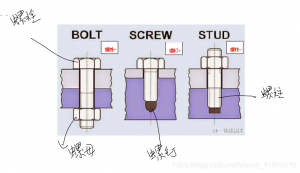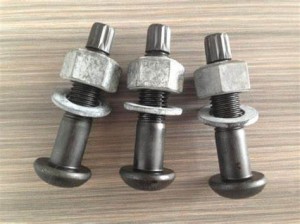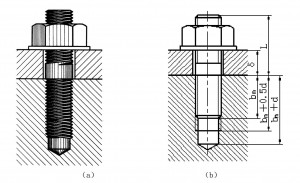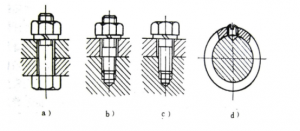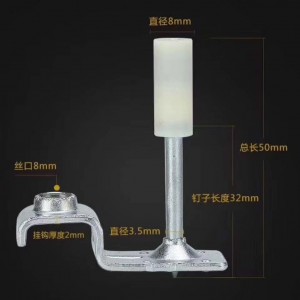Overview:
In the mechanical equipment industry, there are three important factors that affect the performance of the equipment:
1.Whether the lubrication is good,
2.Whether the connection is firm,
3.whether the gap is normal.
Therefore, the correct use of thread fastening knowledge and scientific management of threaded fastening play a vital role in improving equipment operation. Threaded fastening are widely used in mechanical equipment, making thread fastening extremely important. The use of threaded parts to join parts that need to be fastened together is called threaded fastening. Threaded fastening is a detachable connection with simple structure, convenient assembly and disassembly, reliable connection, and most of the threaded parts are standardized, high productivity and low cost, so it is widely used.
Traditional Threaded fastening are basically divided into:
Bolt fastening, double-ended stud fastening, screw fastening.
Bolt fastening: One end of the bolt usually has a hexagonal head and the other end has a thread. Bolting involves inserting bolts through holes in the joining parts, placing washers, and then tightening nuts to join the parts. This connection method does not require threads to be machined in the holes, so it is relatively simple and therefore widely used.
Double-ended stud fastening: Double-ended studs have threads on both ends. This kind of connection is to screw the shorter end of the thread into the threaded hole of the connected component, fix it with an interference fit, then place the second connected component, and finally add a washer and tighten the nut to connect the components as a whole. When disassembling, just unscrew the nut and leave the stud in the threaded hole so that the thread is not easily damaged. This kind of connection is mainly used when one of the connected parts is not very thick, it is inconvenient to drill through holes, needs to be frequently disassembled, or it is not suitable to use bolt connection due to structural limitations.
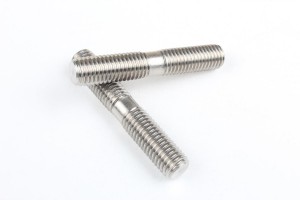
Screw fastening: This connection does not use nuts, but uses screws to pass through the holes of one component and screw directly into the threaded holes of another component to clamp the parts.
a) Bolt connection b) Double-ended stud connection c) Screw connection d) Fastening screw connection
Nowadays, people are increasingly using integrated nails as a new type of fastening product. They are lightweight, easy to install, no dust pollution, and have a wide range of applications. They have been welcomed by consumers as soon as they were launched. The use of integrated nails makes The installation work is more convenient and stable.
Post time: Jul-26-2024


